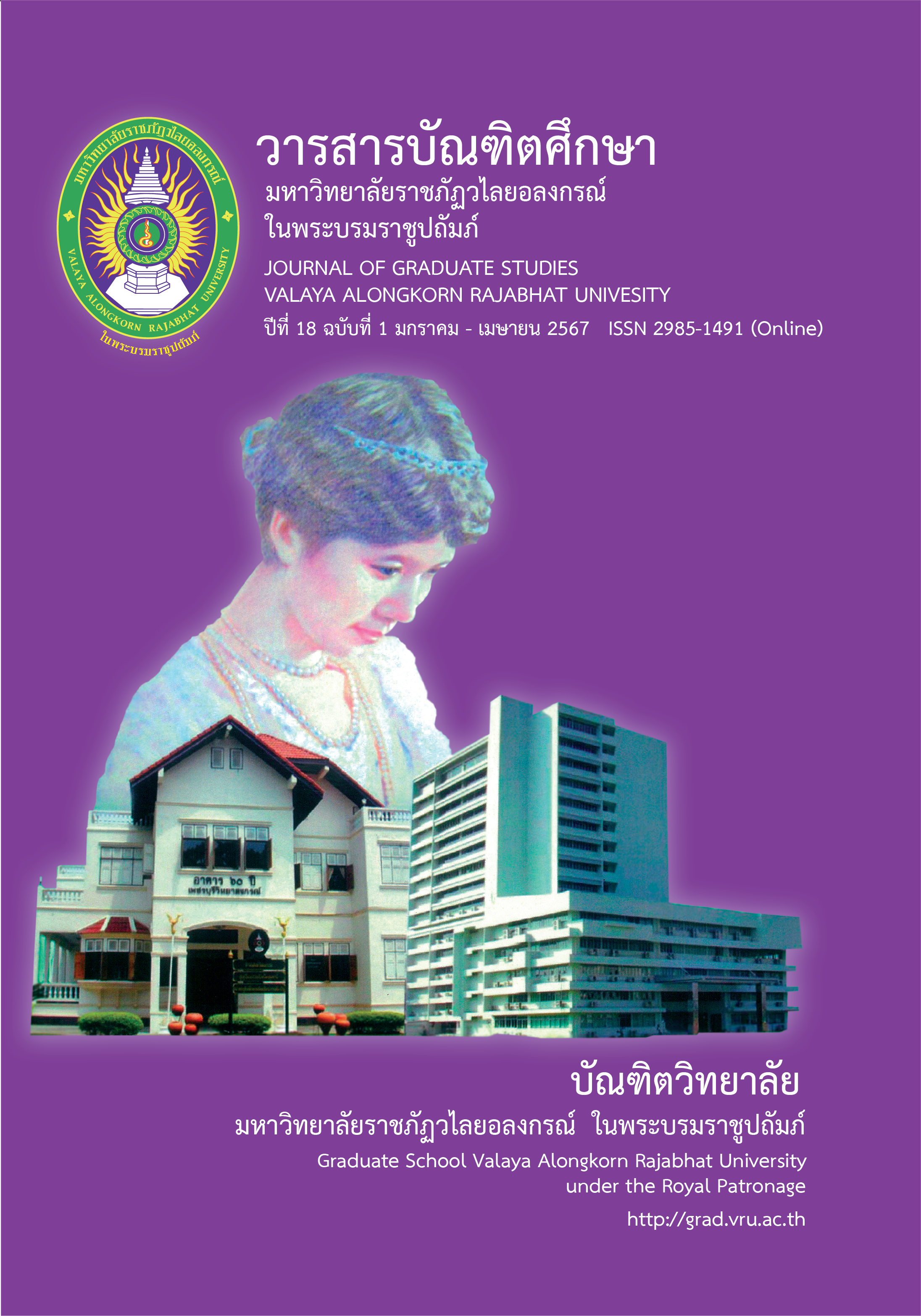A DEVELOPMENT OF THE MENTAL HEALTH SCALE OF STUDENTS IN KASETSART UNIVERSITY
Main Article Content
Abstract
The purposes of this research were to 1) develop questionnaires and validate the quality of the mental health scale of Kasetsart University students by discrimination, 2) evaluate construct validity, and 3) evaluate reliability. The data is collected from 800 students in a multi-stage random sampling. The material used was the mental health scale of students in Kasetsart University. The scale consists of five levels of the rating scale. A Pearson correlation and confirmatory factor analysis were performed to analyze data.
The result found that 1) The forty-nine questions on the mental health range of their items were discriminant between 0.092 – 0.877, 2) the content validity of the scale was between 0.40 -1.00 and the confirmatory factor analysis results of the measurement model of the mental health scale was consistent with six indicators (stress, depression, adjustment, anxiety, suicide, and resilience) showed that the measurement model fit the empirical data (χ2 =1624.39, df = 910, p < 0.001, GFI = 0.922, AGFI = 0.903, CFI =0.993, RMSEA = 0.031, NFI = 0.983), and 3) IOC ranging from 0.744-0.922; the overall reliability was 0.880.
Article Details

This work is licensed under a Creative Commons Attribution-NonCommercial-NoDerivatives 4.0 International License.
บทความทุกเรื่องได้รับการตรวจความถูกต้องทางวิชาการโดยผู้ทรงคุณวุฒิ ทรรศนะและข้อคิดเห็นในบทความ Journal of Global of Perspectives in Humanities and Social Sciences (J-GPHSS) มิใช่เป็นทรรศนะและความคิดของผู้จัดทำจึงมิใช่ความรับผิดชอบของบัณฑิตวิทยาลัย มหาวิทยาลัยราชภัฏวไลยอลงกรณ์ ในพระบรมราชูปถัมภ์ กองบรรณาธิการไม่สงวนสิทธิ์การคัดลอก แต่ให้อ้างอิงแหล่งที่มา
References
Chung, W. W. & Hudziak, J. J. (2017). The Transitional Age Brain: The Best of Times and the Worst of Times. Child and adolescent psychiatric clinics of North America, 26(2), 157–175.
First, M. B. (2013). DSM-5 handbook of differential diagnosis. American Psychiatric Pub.
Hair, J. F., Black, W. C., Babin, B. J. & Anderson, R. E. (2010). Multivariate data analysis. (7th ed.). Upper saddle River, New Jersey: Pearson Education International.
Kasetsart University. (2011). khunnalaksana bandit thī phưng prasong mahāwitthayālai kasētsāt [Desirable graduate characteristics Kasetsart University research]. Retrieved from http://www.y-mba.bus.ku.ac.th/wp-content/uploads/2017/06/studentku.pdf
KU Happy Place Center. (2018). sūn suk phāwa nisit mahāwitthayālai kasētsāt [KU Happy Place Center]. Retrieved from http://vet.ku.ac.th/vv2018/images/education/form/265.pdf.
Mongkol, A., Huttapanom, W., Chetchotisakd, P., Chalookul, W., Punyoyai, L. & Suvanashiep, S. (2001). kānsưksā datchanī chī wat sukkhaphāp čhit Khon Thai [The Study to Develop Thai Mental Health Indicator]. Journal of the Psychiatric Association of Thailand, 46(3), 209-255.
Phattharayuttawat, S., Ngamthipwattana, T. & Sukhatungkha, K. (1999). kānsāng kēn pakati samrap wat sukkhaphāp čhit nai Khon Thai [The Norm Profile for “The Thai Mental Health Questionnaire”]. Journal of the Psychiatrist Association of Thailand. 44(4), 285-97.
Posttoday. (2022). pœ̄t khō̜mūn suk phāwa nisit naksưksā khrīat sasom sīang rō̜p dān kratun čhittok [Open student health information Stressful students accumulate risks all around, causing mental depression]. Retrieved from https://www.posttoday.com/lifestyle/688135.
Shim, G. & Jeong, B. (2018). Predicting Suicidal Ideation in College Students with Mental Health Screening Questionnaires. Korean Neuropsychiatric Association. 15(11), 1037-1045.
Thorley, C. (2017). Not By Degrees: Not by degrees: Improving student mental health in the UK’s universities. Retrieved from www.ippr.org/publications/not-by-degrees.
Urbina, S. (2014). Essentials of psychological testing. John Wiley & Sons.
Worsley, J. D., Harrison, P. & Corcoran, R. (2021). Bridging the gap: exploring the unique transition from home, school or college into university. Retrieved from https://www.frontiersin.org/articles/10.3389/fpubh.2021.634285/full.
Yingkiatkul, B. & Anchaisri, A. (2022). krom sukkhaphāp čhit phop ʻāyu nō̜i long sưmsao - khā tūa tāi phœ̄m chūang khō wit - sipkāo [Department of Mental Health found younger age. The depression-suicidal increase during COVID-19]. Retrieved from https://theactive.net/news/20220207-3/.


